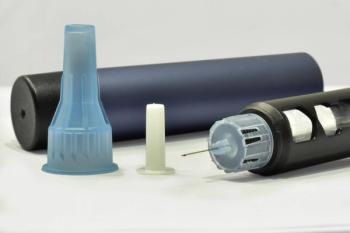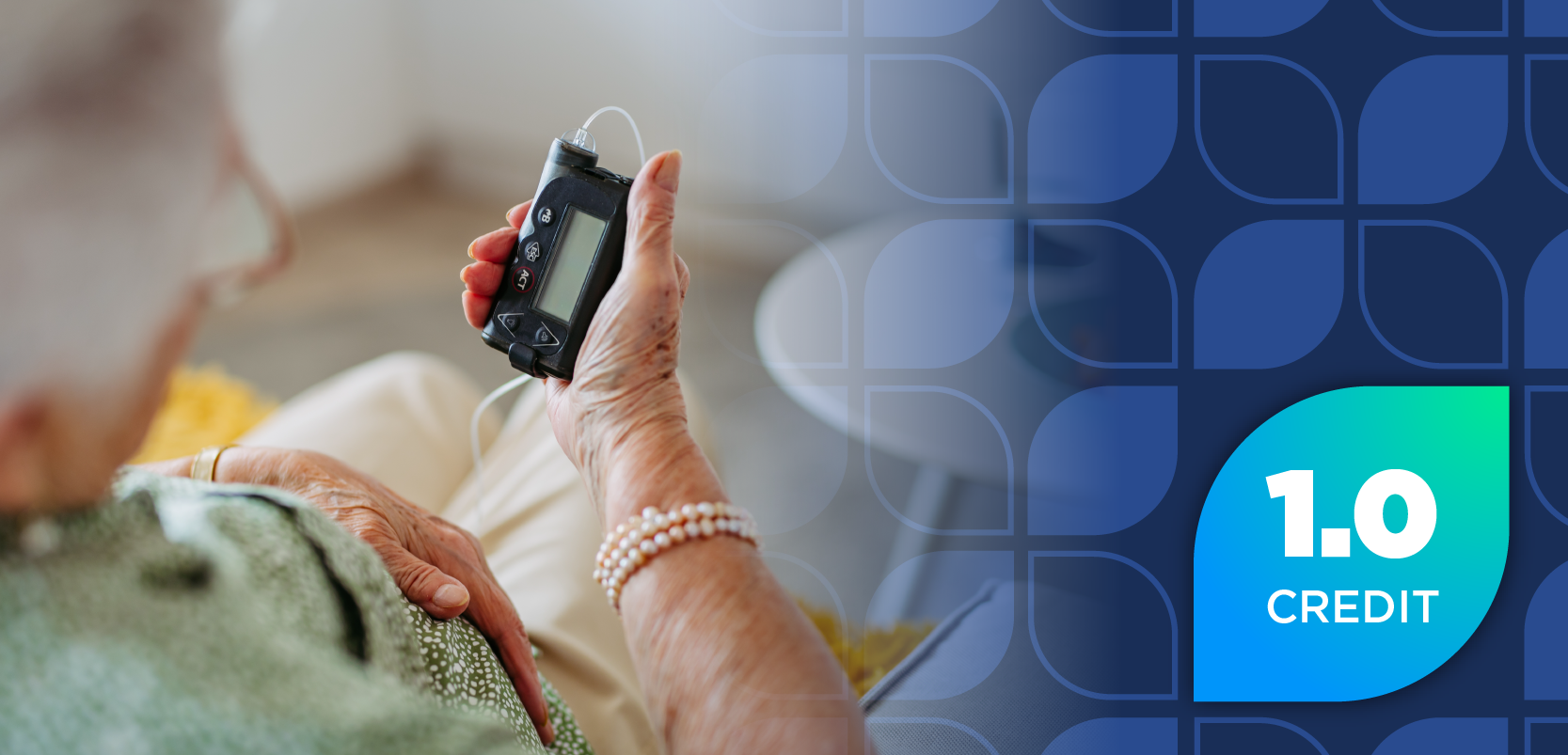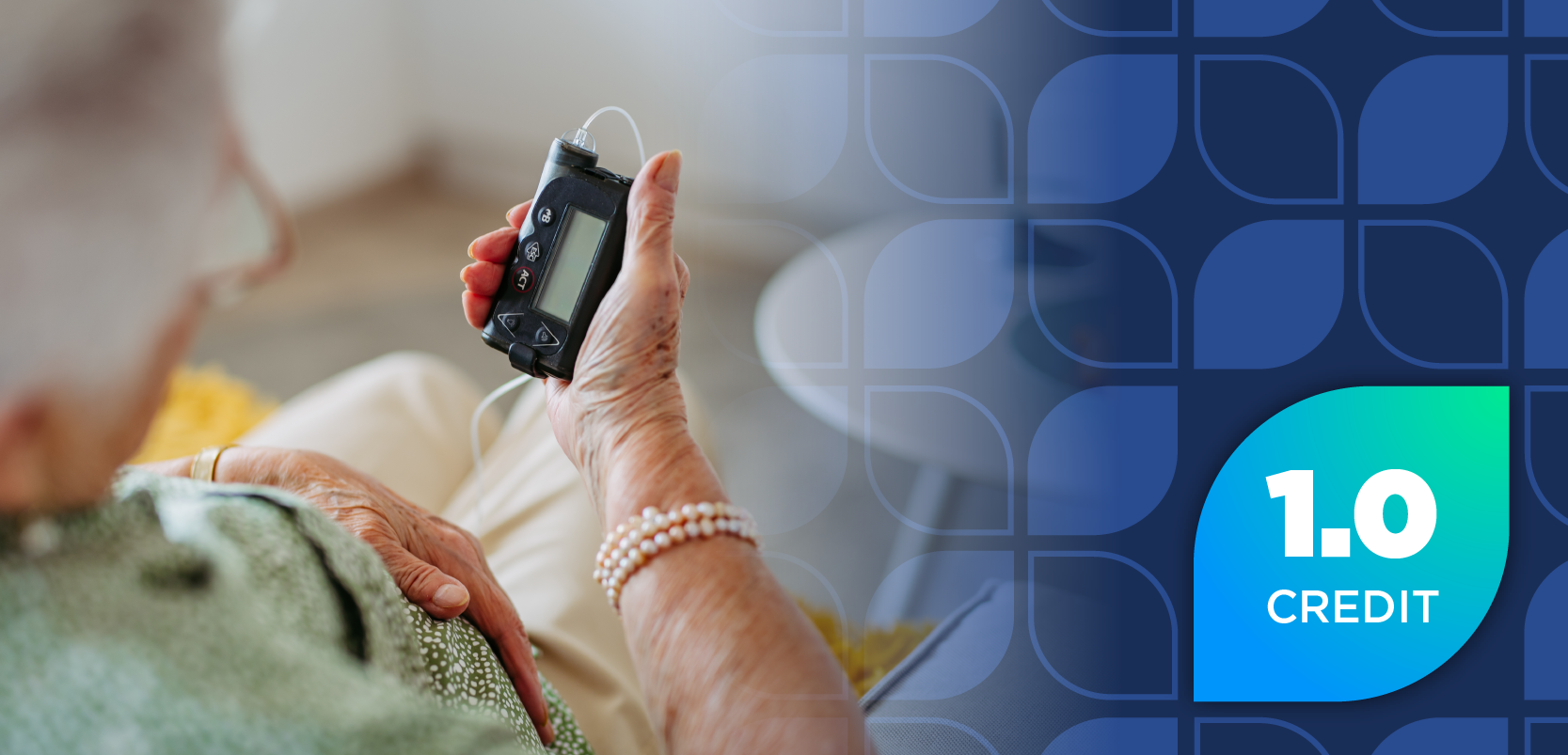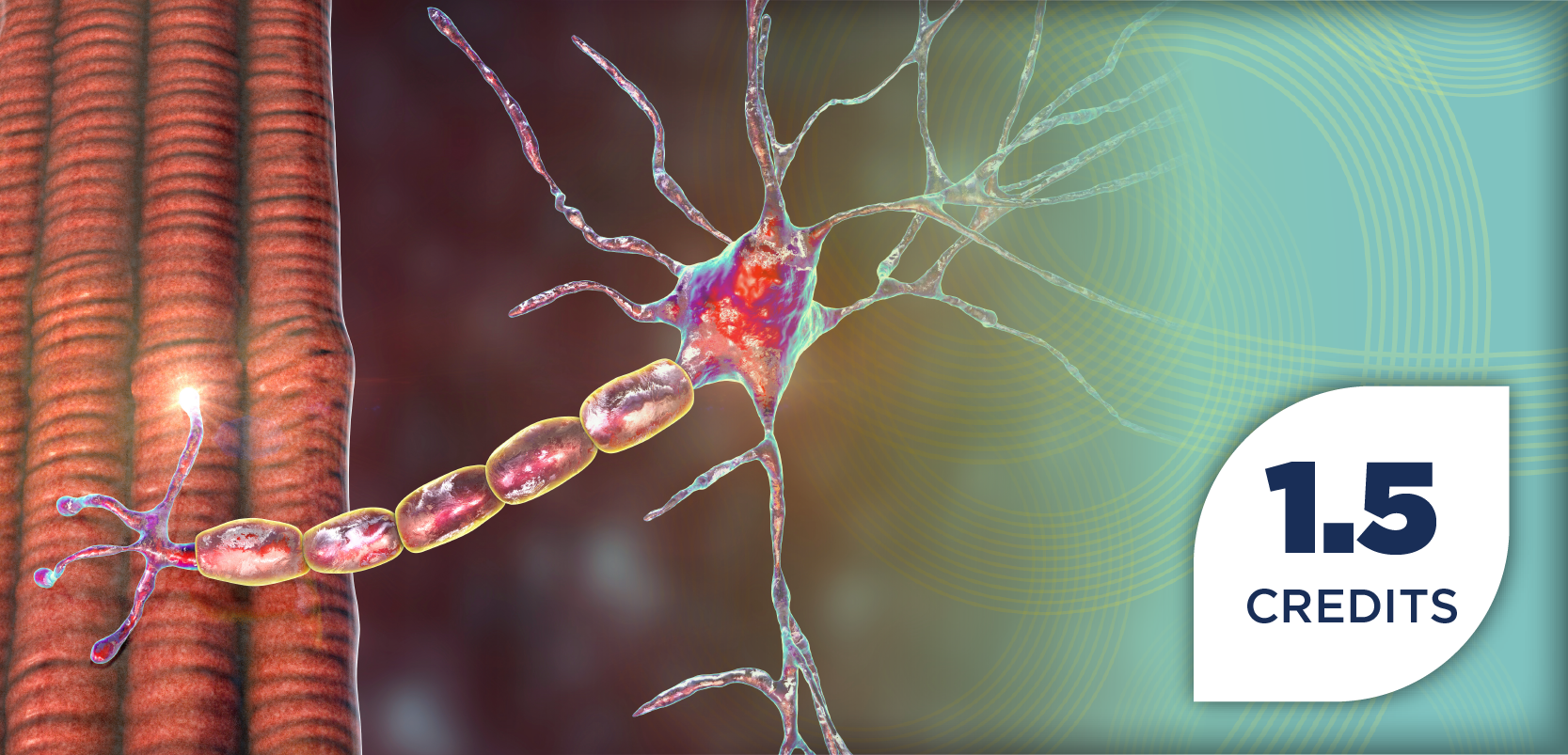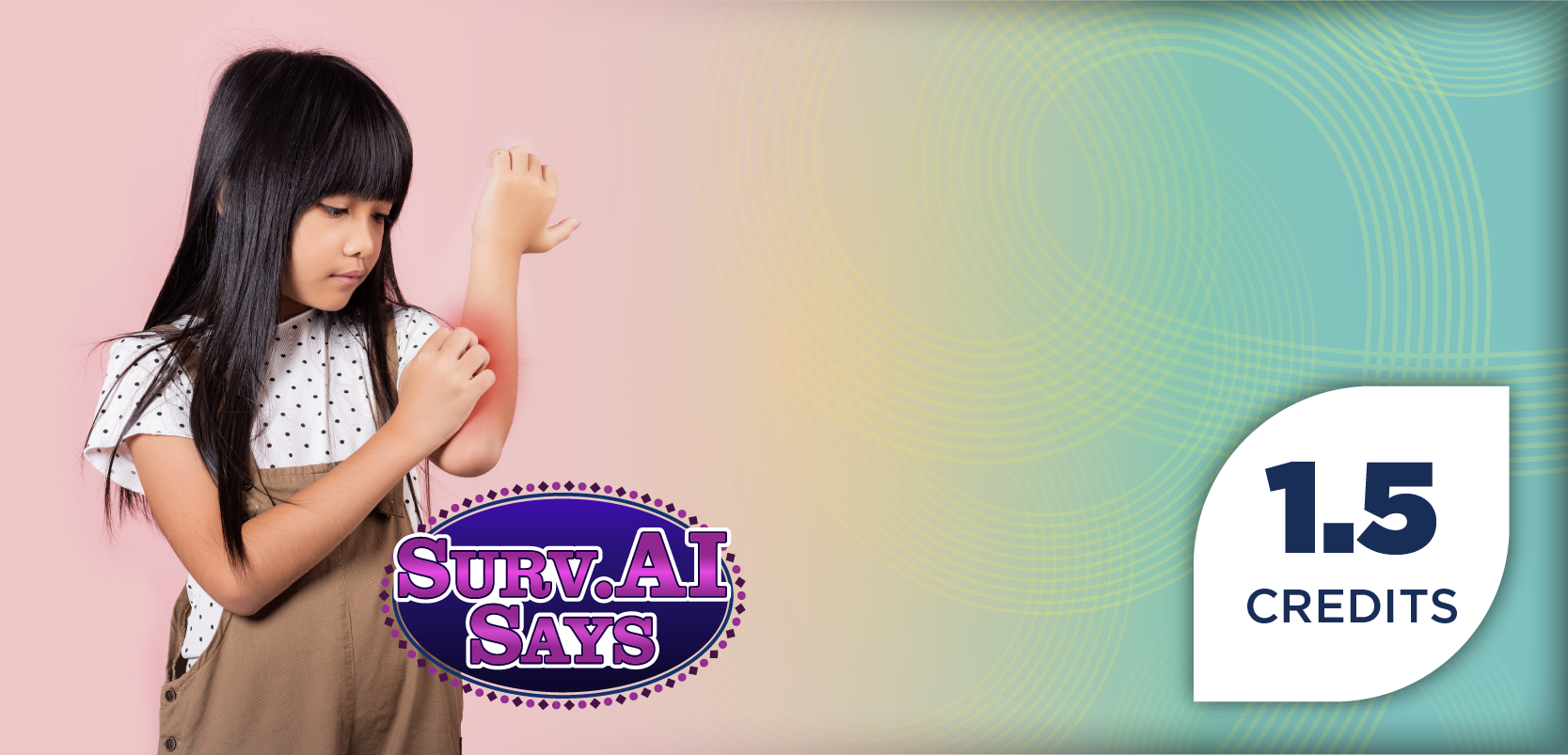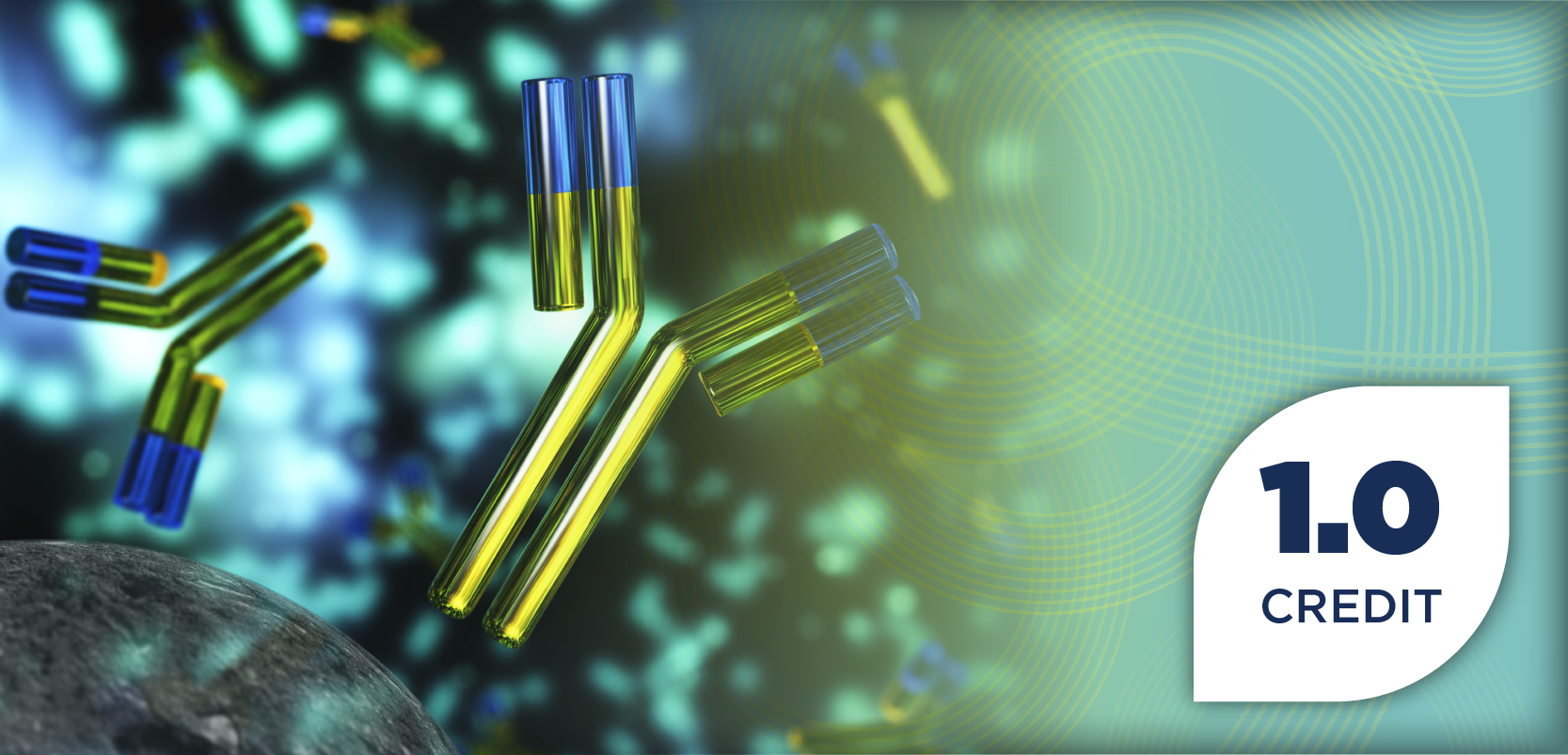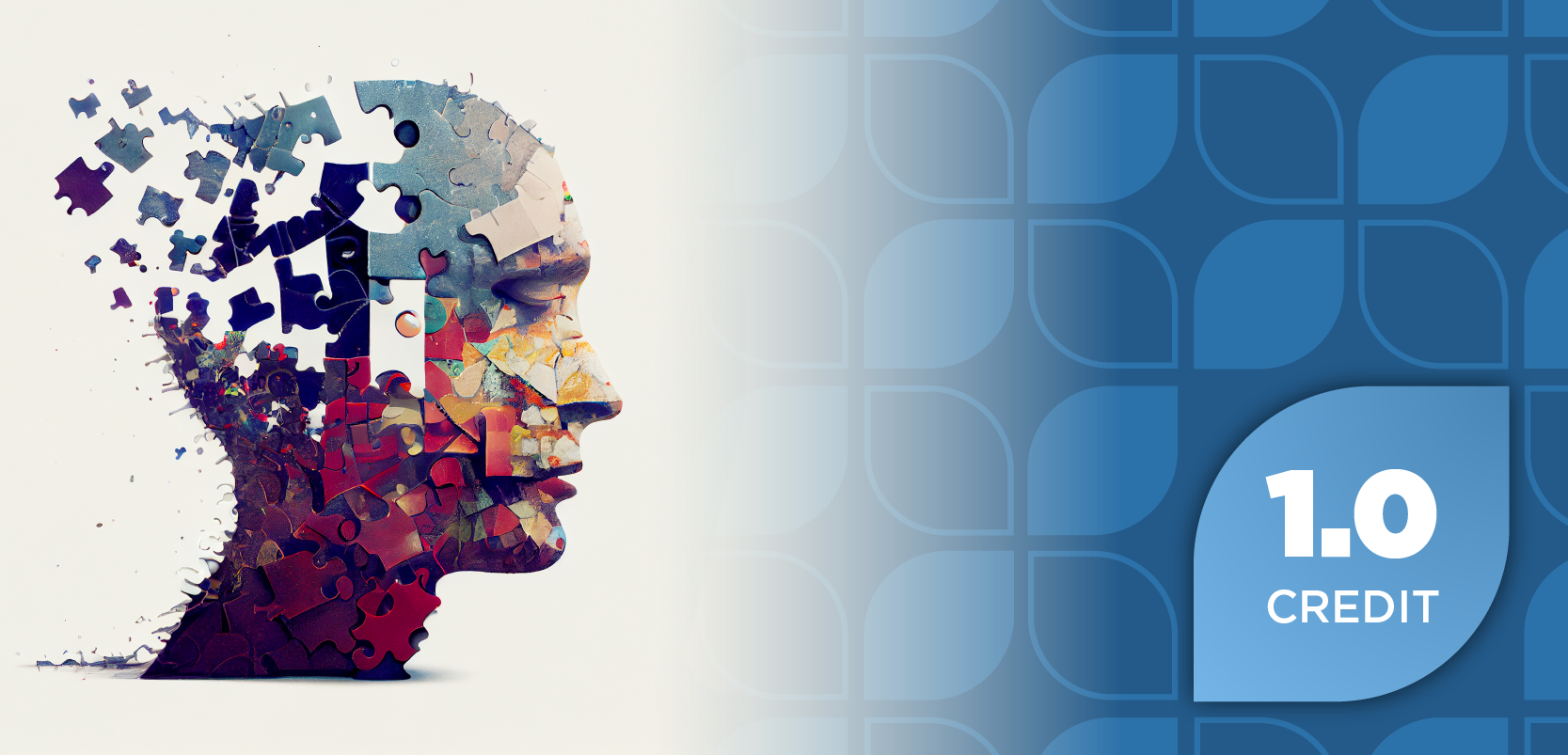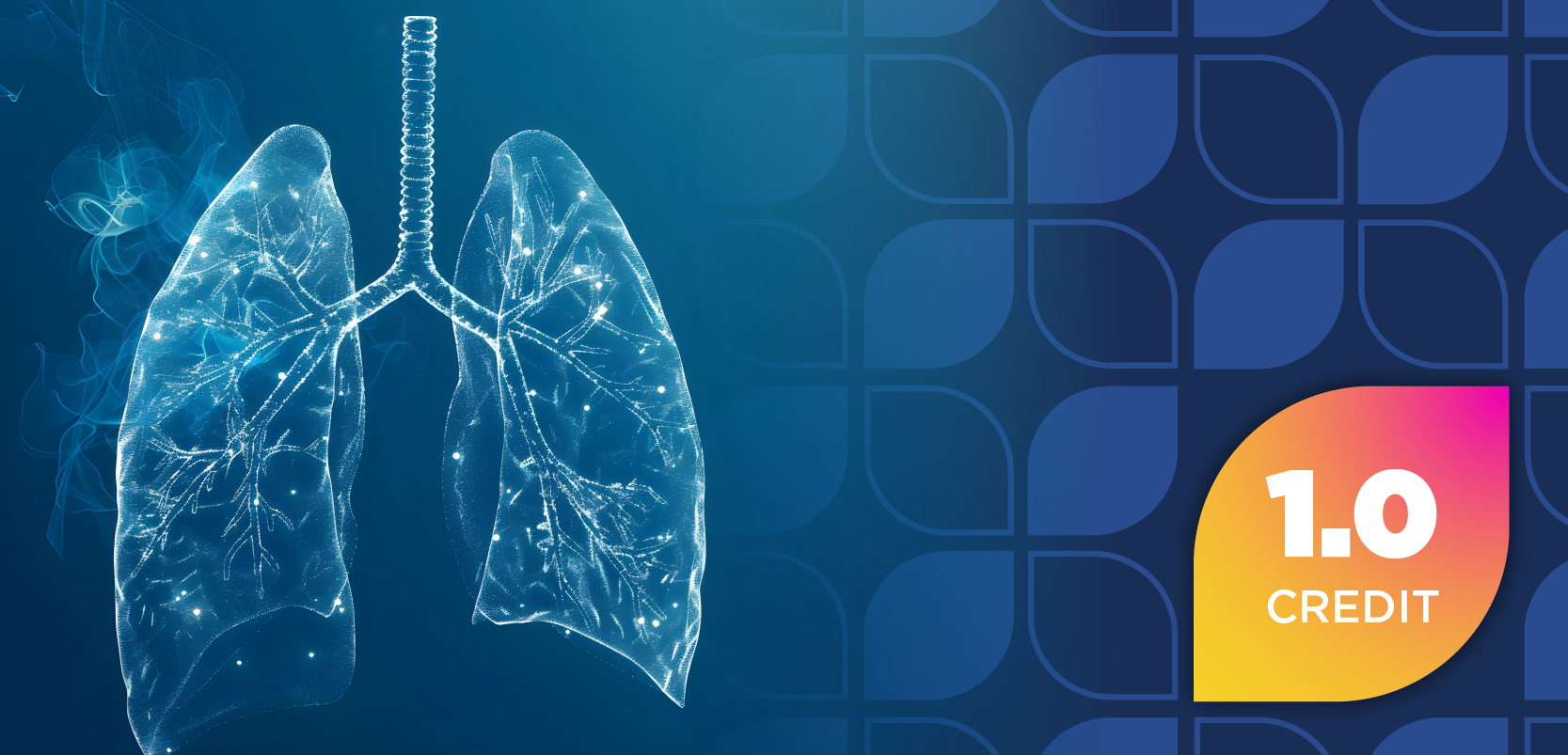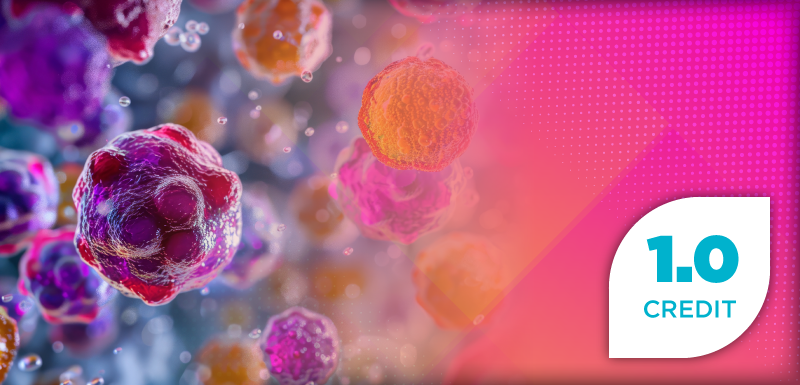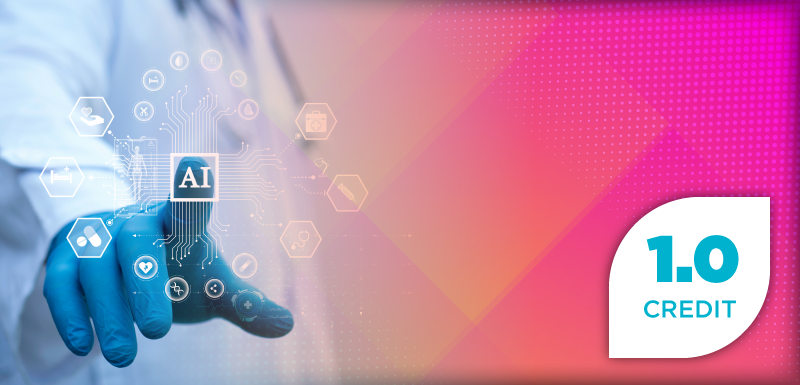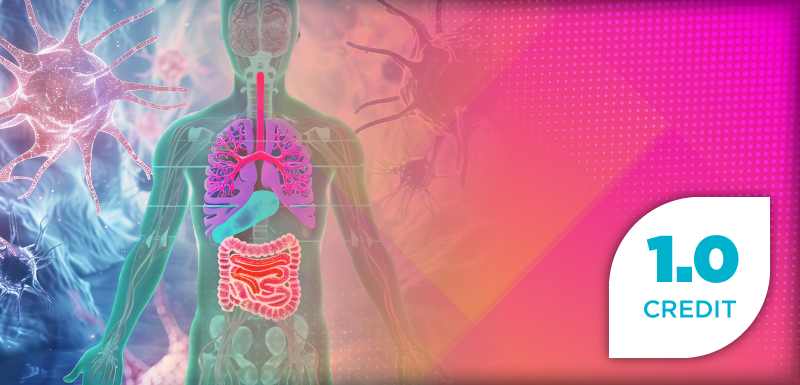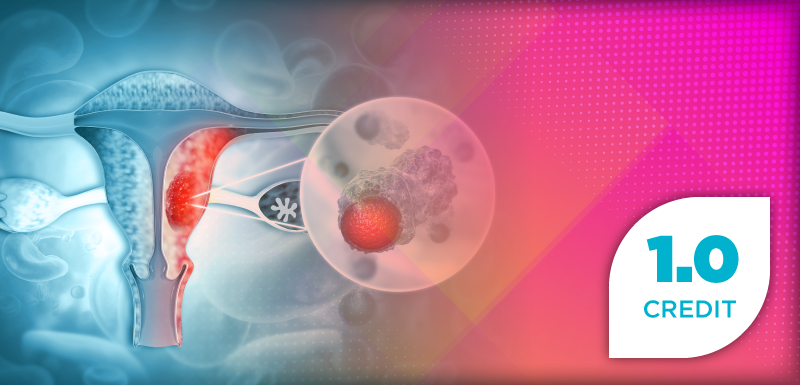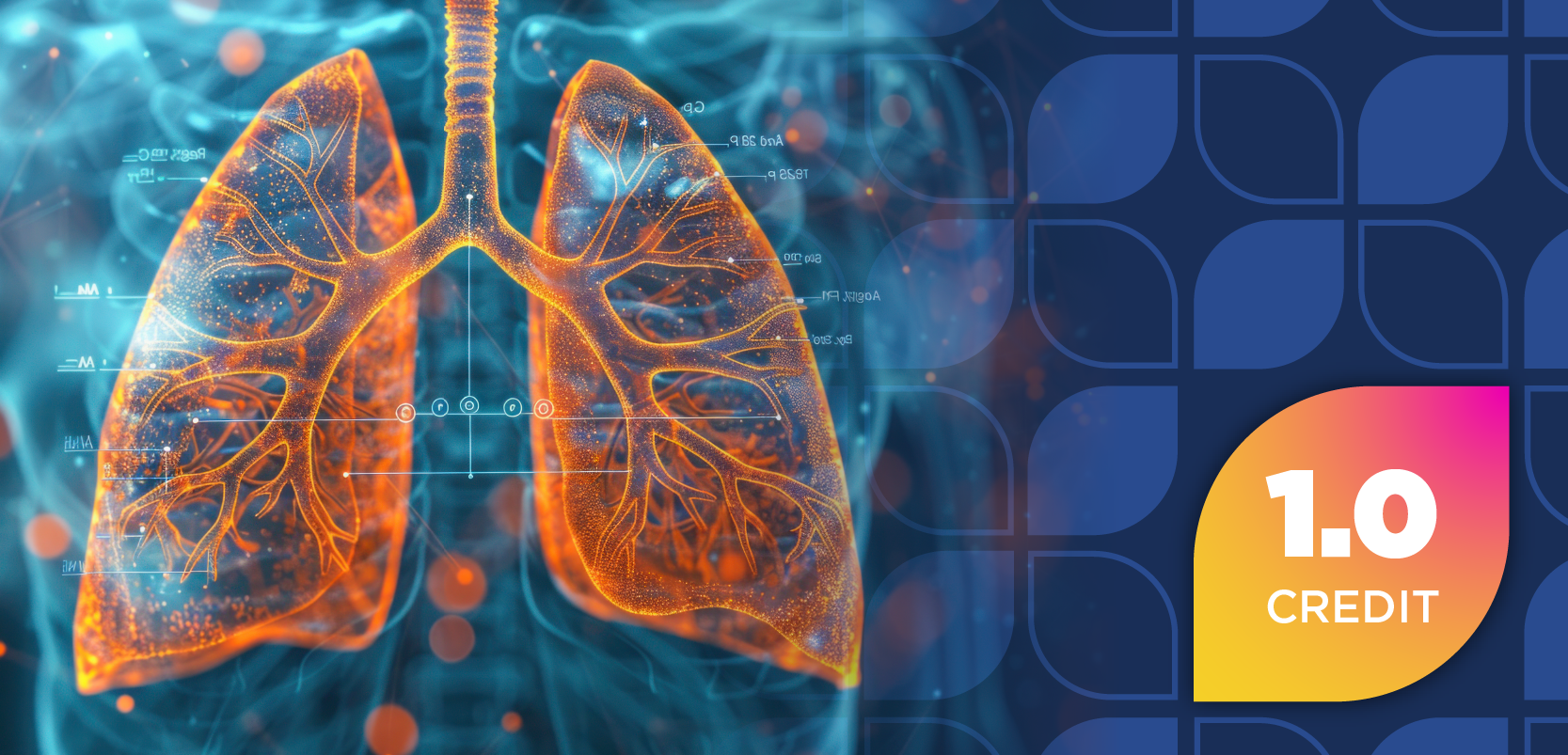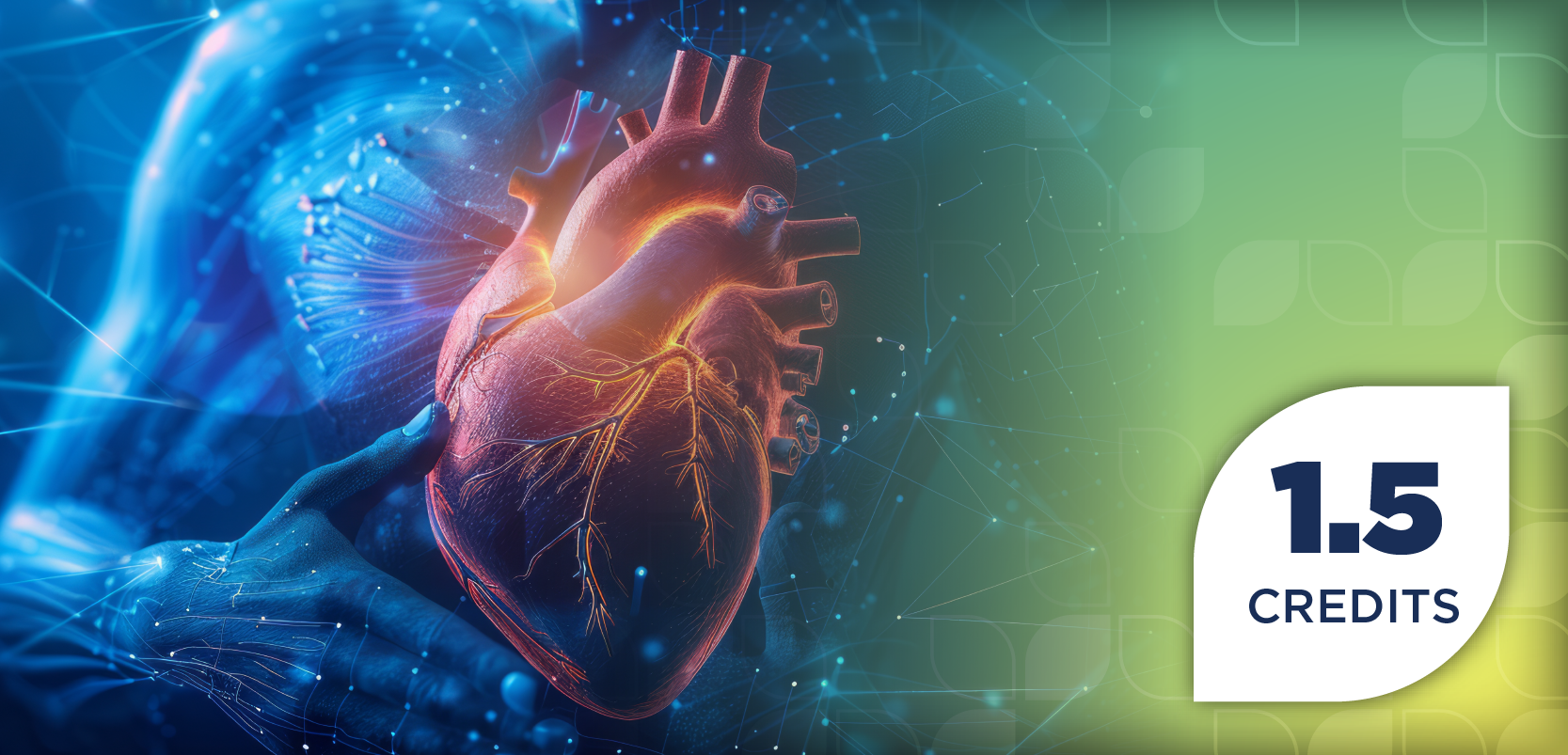
Q&A: Innovative Technologies Revolutionizing Pain Medicine
Physician with expertise in pain research discussed emerging technologies in the future of pain medicine and how they must be adapted to improve patient outcomes.
A variety of nonpharmacologic interventions have garnered recognition in the area of pain management in recent history. With emerging technologies intended to combine with already existing pain medicines, researchers believe improved relief for patients with chronic pain is in near sight. However, they believe this is only achievable if new technologies are properly adapted for patient use.
Drug Topics recently sat down with Chris Robinson, MD, PhD, Director of Pain and Headache Rounds at Harvard-Massachusetts General Hospital. He discussed key themes in the future of pain medicine and took a deeper dive into a Journal of Pain Research article he contributed to titled “The Future of Pain Medicine: Emerging Technologies, Treatments, and Education.”
He discussed 5 areas of technology that are currently being researched for the treatment of pain and how exactly they need to be adapted to improve patient outcomes in the future. The 5 emerging technologies Robinson discussed included virtual reality (VR), neuromodulation, artificial intelligence, wearable technology, and psychedelics.
“Each of these different 5 categories will have its own impact on pain medicine. One won't necessarily extend out above them all, but when we use them together, I think that's when we get the biggest impact on pain,” Robinson told Drug Topics.
READ MORE:
Stay tuned for more from our conversation with Robinson as he discusses further the role these technologies may play in the future of pain management and his hopes for greater relief amongst patients experiencing chronic pain.
Chris Robinson: I think before we start with this conversation, we have to put ourselves in the background of the opioid prescription crisis that is behind us. I want to make this clear. So that was behind us, and we're dealing with the after effects. Now, we're in an illicit opioid crisis. I think we use those interchangeably. I think people sometimes can be a little bit nervous about pain medicine, and anything we talk about today is not going to involve opioids.
Drug Topics: Diving into your Journal of Pain Research article titled “The Future of Pain Medicine: Emerging Technologies, Treatments, and Education,” it mentions 5 specific innovations in pain medicine, including virtual reality, wearable technology, artificial intelligence, neuromodulation, and psychedelics. Do any of these interventions stand out amongst the others as possible standards of treatment for chronic pain?
Chris Robinson: It's kind of a hard question to answer because they're all very different. So virtual reality is going to have a different impact on pain medicine than neuromodulation will; neuromodulation being therapies such as spinal cord stimulator, peripheral nerve stimulator. That is currently a treatment in our field. I think each of these can have a significant effect on pain treatment, but it really depends how we develop them. For example, virtual reality is not going to assist with removing a herniated disc in your back. But for conditions such as fibromyalgia, where we don't have an identifiable cause, we could use virtual reality to extend something called pain reprocessing therapy. It helps us rewire our brain. We can extend that to a patient population that's having difficult times. For virtual reality, we can use that to assist with patients who cannot come to the office. We get to do physical therapy with the virtual reality headset.
For neuromodulation, we're using it right now for pain treatments. But currently, some insurance companies are saying it's experimental because a lot of our outcomes are subjective. Neuromodulation can also be used at some point if we investigate it to potentially get someone to walk again. Let me walk back a little bit. What is neuromodulation? Essentially, you're using electricity to alter neuronal signaling, to say the least. You put these 2 leads up in the spine, so spinal cord stimulator, and it kind of drowns out the pain. It changes some signaling of pain transmission. But for me, using neuromodulation for pain is only a first step. If [we] already think we can map out the different pathways, maybe someday we can use neuromodulation to get people to walk again. That would be phenomenal.
Now for artificial intelligence, well, it's not going to be a treatment; it'll be involved in virtual reality by having an adaptive avatar that engages you in VR. You can use artificial intelligence in neuromodulation to adapt the treatments that we're offering you. Let's say one mode of treatment for neuromodulation isn't working for you, and the system finds that you’re using different modes, maybe you can mix, maybe you can predict when to turn on the treatment.
READ MORE:
Then we have wearable technology. Now, because of all the privacy laws, the regulations, a lot of big companies don't want to work together. Wearable technology will be a little bit more difficult to implement until we can find [companies] that will allow us to work together. For example, let's say you're using wearable technology to see how the effects of procedure went, the number of steps. That is an objective measure, right? The wearable technology is not going to make the patient better, but it'll give us a better idea of how the patient is doing. It can also remind the patient to take medications. At some point, if we can predict pain, at a point where we have enough processing power, with funding, we could potentially somehow figure out is there language to pain similar to how we identified a heart attack a century ago?
If you look at psychedelics, well that's another oral therapeutic that we could potentially use. Now, there is this obstacle, which is the DEA, because they're currently listed as a class 1 scheduled drug. It also causes you to hallucinate. But if we can find the optimum dosing, or maybe there are psychedelics that don't cause these hallucinogenic effects, that would be even bigger. Getting a new oral therapeutic on the market would be amazing. But again, there are obstacles and hurdles for each of these different 5. Each of these different 5 categories will have its own impact on pain medicine. One won't necessarily extend out above them all, but when we use them together, I think that's when we get the biggest impact on pain.
Drug Topics: How are providers looking to adapt these emerging technologies into the everyday treatment of pain?
Chris Robinson: They're very complicated treatment modalities. For example, virtual reality. I don't know if you've ever used a VR headset, but sometimes they can be rather difficult to use. You’ve got to adjust the eye distance. Patients get nauseous with it. I think about 80% of patients get cybersickness, which is just some nausea. It gets better over time. How are we going to get our patient population, which is usually between the age of 55 to 75, to learn something new? Each of these will be very difficult to adapt to our patient population, if as developers or creators, we don't make the user interface easy. There are some companies out there that make certain complicated tasks incredibly easy to do. That is for us to make sure that we can get these modalities to be so easy to use. You just click on a button.
For example, virtual reality. Let's say, a great aunt of mine never used a VR headset. For her to be able to use that would require a lot of coaching, but if we made it as simple as pressing a button and her talking to the VR headset, that is going to be very easy to use. That's where artificial intelligence comes into play, because then my great aunt can be like, “I don't understand any of this,” and the avatar can talk to my aunt in a manner that she understands. Without having her to press anything, the avatar and her can discuss with each other how to optimize that treatment. So instead of her feeling like she's talking to a robot, she has an avatar that looks and sounds very similar to what she's used to.
Now, for wearable technology, let's say she's been using it and she feels like she's not getting any good relief from her pain. Well, that's when an easy wearable, a watch or a ring, can actually tell her, “You aren't getting better.” That feedback is very helpful. We take these complicated technologies and we make them easy by having a great user interface. Now let's say, for example, neuromodulation, we fully don't understand how it works. As physicians, sometimes we don't understand how the programming works all together; the different functions, using the device they give us. Making all this as easy as possible for the patient—literally simple clicks, walks the patient through—it'll go from being very difficult to being very easy to use.
I think psychedelics is its own thing. I think on our end, it's about how do we optimize dosing? If we can optimize dosing, then we have to do it in a clinic. I think that is not so difficult to do, because then we take it out the hands of the patient. But in terms of adapting, these are all very complicated technologies, but it is on our end to make them as simple and easy to use.
READ MORE:
Ready to impress your pharmacy colleagues with the latest drug information, industry trends, and patient care tips? Sign up today for our
Reference
Slitzky M, Yong RJ, Lo Bianco G, et al. The future of pain medicine: emerging technologies, treatments, and education. J Pain Res. 2024 Aug 30;17:2833-2836. doi: 10.2147/JPR.S490581.
Newsletter
Pharmacy practice is always changing. Stay ahead of the curve with the Drug Topics newsletter and get the latest drug information, industry trends, and patient care tips.




